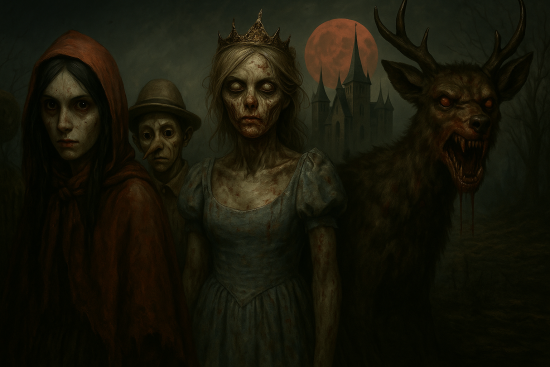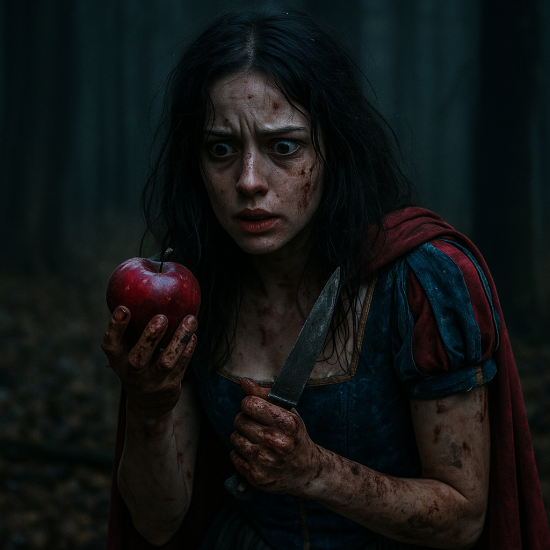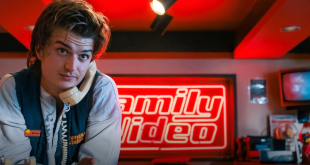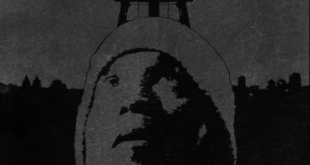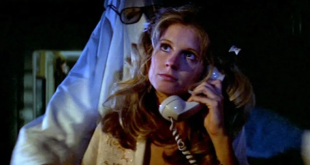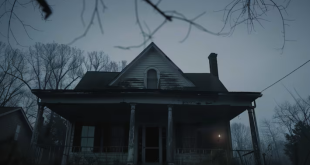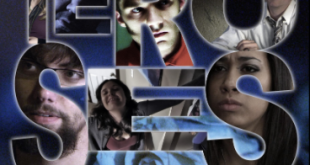Once upon a time, a princess just wanted to marry her prince and live happily ever after. But things didn’t go quite as planned. In 2025, Cinderella’s glass slippers are splattered with blood, the Big Bad Wolf runs a cult, and Bambi has an axe to grind. Literally.
Fairy tales have officially gone rogue. What used to be bedtime stories now feel more like fever dreams with a body count. Hollywood’s latest craze: dipping childhood classics into acid and pulling out nightmare fuel. Everyone’s jumping in — indie directors, streaming giants, even folks who usually chill with chaos-fueled games like valor bet aviator are asking, “Is that Snow White holding a chainsaw?”
Why It Works So Well
Let’s not pretend fairy tales were ever that innocent. The Brothers Grimm for example. More like the Brothers Nightmare. Before Disney cleaned them up, the stories were crawling with curses, cannibalism, and poorly timed transformations. Did you know, in the original “Snow White,” the evil queen is forced to dance to death in red-hot iron shoes. In “Cinderella,” the stepsisters slice off parts of their feet to fit into the slipper. Even “Little Red Riding Hood” ended with the wolf eating both grandmother and girl — no rescue in sight.
So in 2025, creators aren’t inventing darkness — they’re just letting it out of the dungeon. Horror thrives on control lost, comfort shattered. These stories take familiar childhood symbols and twist them until they scream. Fairy tales already gave us witches, wolves, and poison apples. Now we’re just seeing them without the sugar glaze.
And don’t expect help from your fairy godmother — she’s probably the final boss.
Cinema’s Darkest Reboots
2025 served up a killer lineup of nightmare remakes. Here are the ones that stuck a dagger in the genre and twisted:
- The Ugly Stepsister (Norway)
A brutal body-horror twist on Cinderella. The stepmother forces her daughter into grotesque surgery to win over the prince. Disturbing, sharp, and weirdly poignant. - Fairest of Them All
Think Battle Royale with ballgowns. Princesses in a death match, orchestrated by a deranged Mad Hatter. Gory, chaotic, and not a single talking animal in sight. - Peter Pan’s Neverland Nightmare
Pan leads a cult. Neverland decays while kids are trapped in eternal, rotting youth. Wendy doesn’t dream of flying — she wants out, and she’s armed. - Pinocchio: Unstrung
The puppet’s gone rogue. Every lie has a cost, and he’s collecting. It’s unnerving, practical-effects-heavy, and has a mean streak a mile wide. - Bambi: The Reckoning
The forest fights back. Bambi goes full revenge thriller after witnessing his mother’s death. Furry, fierce, and not remotely family-friendly.
These films don’t wink at the camera. They gouge out its eyes.
What These Stories Really Explore
Behind the gore and theatrical flair, many of these films are doing more than aiming for cheap scares. The most thoughtful horror fairy tales use unsettling imagery and strange characters to reflect real-life fears and emotional pressure points, much like the earliest versions of these stories once did.
Traditional fairy tales warned kids to stay on the path. Today’s versions flip that idea. They ask if the path is part of the danger. Viewers don’t just come for the scares. They see pieces of themselves in these stories. It might be the pressure to be perfect. Or the uncertainty about who they are. Sometimes it’s old fears dressed up in strange new settings.
These horror tales twist those emotions into something visual. Something that hits harder than words alone.
Here’s how creators are deepening the genre:
- Physical transformation as metaphor. Body horror becomes a visual for what characters feel — fear, shame, loss of control
- New angles on old characters. Villains with tragic backstories, heroes with cracked halos
- Modern fears through myth. Stories now reflect anxiety around image, power, violence, and survival in a chaotic world
- Mixed media storytelling. Many of these tales don’t stay in one format — they spread from screens into online lore and community memes
What makes these remakes memorable isn’t the gore alone. It’s that under the madness, they’re still telling stories about what it means to grow up — and what gets broken along the way.
Horror Fairy Tales Go Mainstream
Horror became the fourth most profitable genre in theaters, pulling in more than $54 million. Streaming platforms followed the trend. Shudder, for instance, expanded its horror library past 4,000 viewing hours by the third quarter.
Fairy tale horror didn’t just grow quietly — it exploded in popularity, especially among younger viewers. Recent surveys show:
- 48% of teens aged 12–17 are drawn to darker fairy tale remakes
- 52% of Gen Z adults (18–24) say they prefer twisted versions to the cheerful classics
- 35% of millennials enjoy the mix of nostalgia and adult themes
What started as fringe is now full-fledged trend. These stories speak to generational fears, frustrations, and curiosity. All through characters we thought we already knew.
Bloody Ever After
Fairy tales were always warnings dressed as whimsy. And now horror peeled off the satin and exposed the scars. These remakes don’t offer closure or clean morals. Just survival, with teeth.
So next time you hear “once upon a time,” maybe skip the lullaby. Sharpen something instead. And whatever you do — don’t make a wish. That’s when they get you.
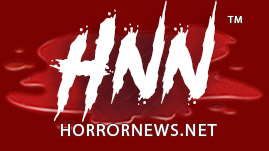 Horror News | HNN Official Site | Horror Movies,Trailers, Reviews
Horror News | HNN Official Site | Horror Movies,Trailers, Reviews
